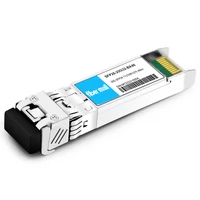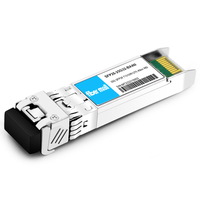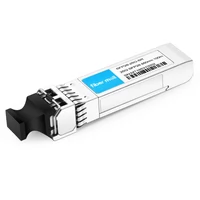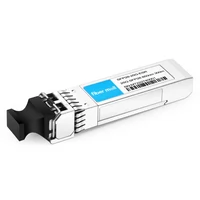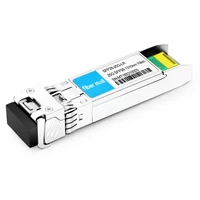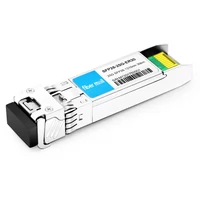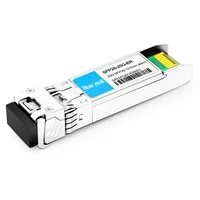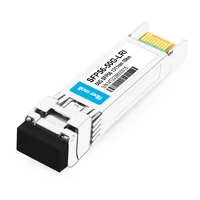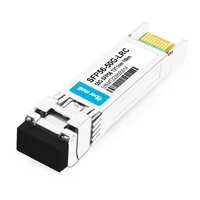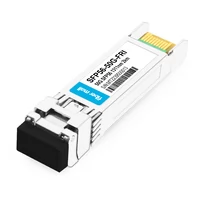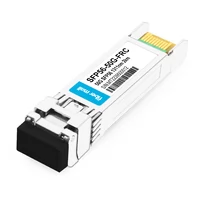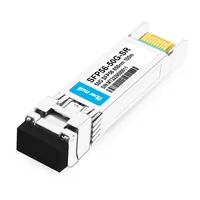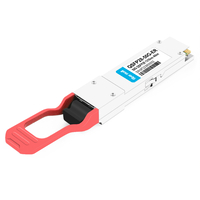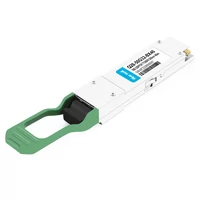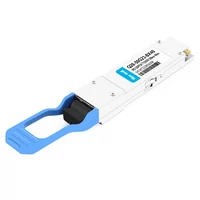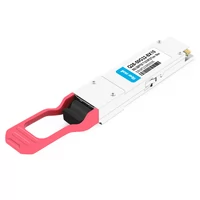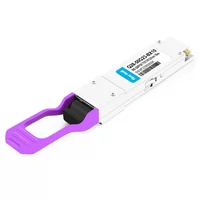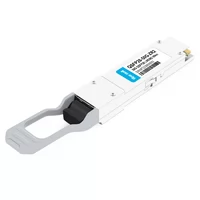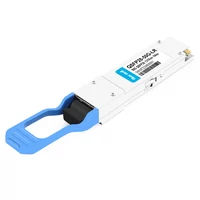The electromagnetic waves emitted by base stations and mobile phones are like air, filling us all around.
Everyone knows mobile phones, however, the base station, the hero behind the scenes, though can be seen almost everywhere, is not understood by most people.
What is a base station and how does a base station work? You may have a basic understanding of the following questions after reading this article:
① How does the base station work?
② Is base station radiation harmful?
③ How to explain to friends what is a base station?
Table of Contents
ToggleHello, please call me base station.
Hello everyone, my name is base station. Whether you admit it or not, my existence is as important as water and electricity. The electromagnetic waves I send out are wrapped around you like air.
The meaning of my existence is to spread the signal to every corner quickly and steadily, connecting your mobile phone to the whole world. Over the years, I have been working in silence, hiding my achievements and fame, and leaving the stage and the spotlight to my close partner: the mobile phone. But unfamiliarity with new things always brings fear, and “radiation” is like a never-ending haze hanging over my head. On the one hand, there is a strong need for a good mobile phone signal, and on the other hand, there is a visceral fear of radiation from our base stations. We have been caught in this contradiction. If the signal is not good, I will be scolded; It’s scary to see me though the signal is good.
I am the base station, which generally refers to the “public mobile communication base station”, or BS for short, and the base station provides signals for mobile phones.
Introduction to the base station
Most people think that the tall iron tower is all I have, imagining that the raging radiation from the top of the tower is like a torrential flood pouring out, which makes people feel depressively frightened and run away.
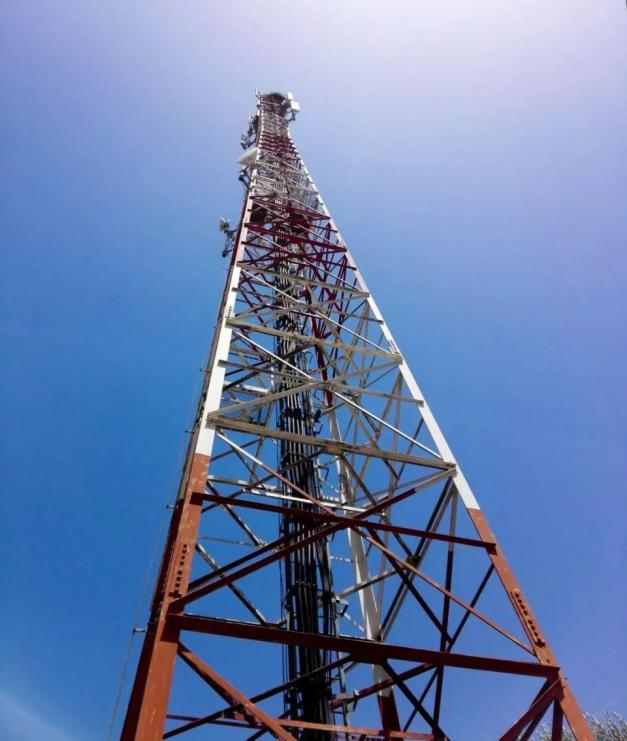
Figure1: Base station towers and antennas
The stuff above is the iron tower and the antenna, which are just a part of the base station. In addition to these visible parts, the base station also includes many invisible parts.
It usually consists of the following main parts:
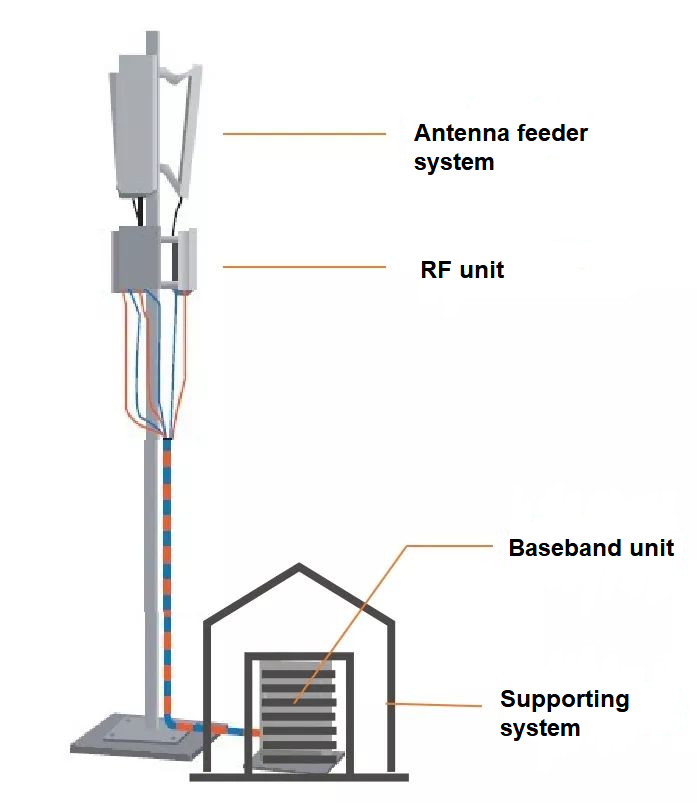
Figure2: The main components of the base station
Antenna feeder system: responsible for sending and receiving signals, including antennas and feeders; RF unit: responsible for signal generation and extraction, my most important part; Baseband unit: responsible for information processing, the core of all components; Supporting system: Provide support for the above-mentioned systems, including iron towers, computer rooms, power-supply air conditioners and other equipment. In the era of 2G and 3G, base stations are divided into two layers.
As shown below.
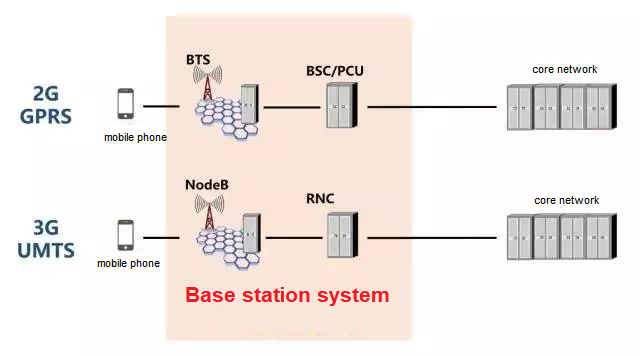
Figure3: Two-tier base station
In the era of 4G LTE, the two layers are reduced to one layer and become a separate eNodeB.
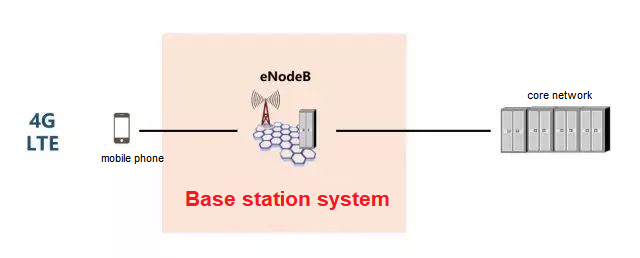
Figure4: One-tier base station system
Taking eNodeB as an example, it generally includes the following components:
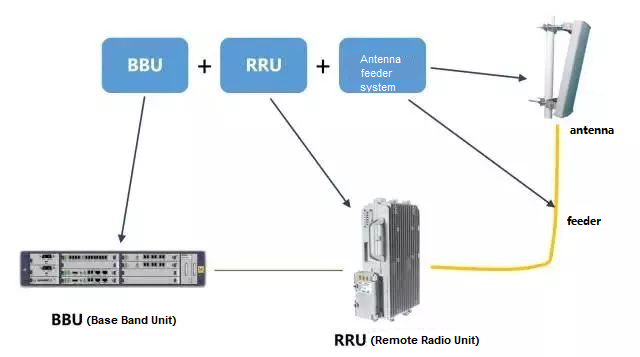
Figure5: Components of eNodeB
Antenna feeder system: how is the signal sent out?
Most base stations do not need special towers, and can be built directly on the existing roof.
Generally, you can see a row of plate-shaped objects standing upright and slightly sloping downwards on the roof, which is the antenna. If there are few houses, a communication tower will be specially built to hang the base station. On the top of the tower, there is a circle of rectangular plate-shaped things shining brightly, which is the antenna.
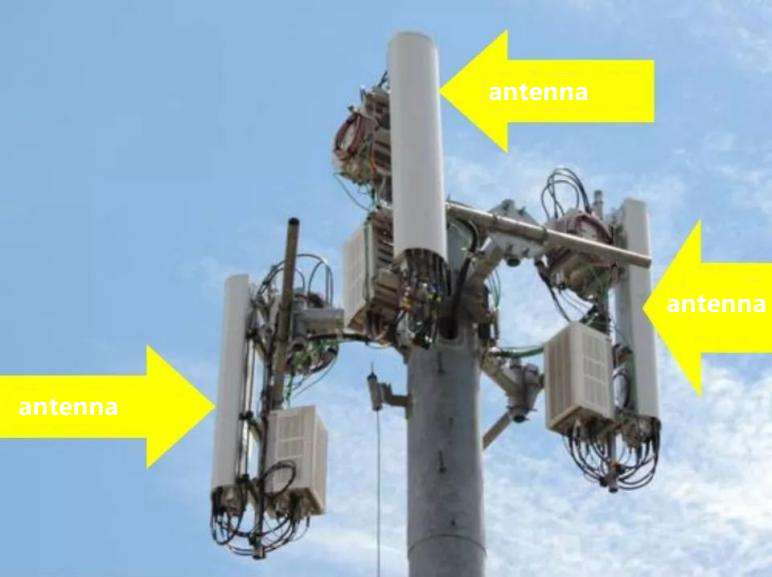
Figure6: base station communication tower
Antennas are used to send and receive signals. It can focus the signal sent from the radio frequency unit in the correct direction and send it to the mobile phone. It can even use the electromagnetic beam formed by the signal to move with the mobile phone and launch it precisely like the beam of a flashlight.
In addition, it can also perceive and receive weak signals from mobile phones, and collect these signals and send them to the radio frequency unit to extract information from them.
Generally speaking, a base station contains three antennas, each of which transmits signals to the surrounding 120-degree direction, which together can provide 360-degree seamless coverage.
If we look carefully at the bottom of the antenna, we will find that there are strands of thin black wires extending downwards. These cables are feeders, which are used to connect the radio frequency unit and transmit electromagnetic waves to the antenna. Together with the antenna, they form an antenna feeder system.
Some will be beautified into air conditioners, as shown below:
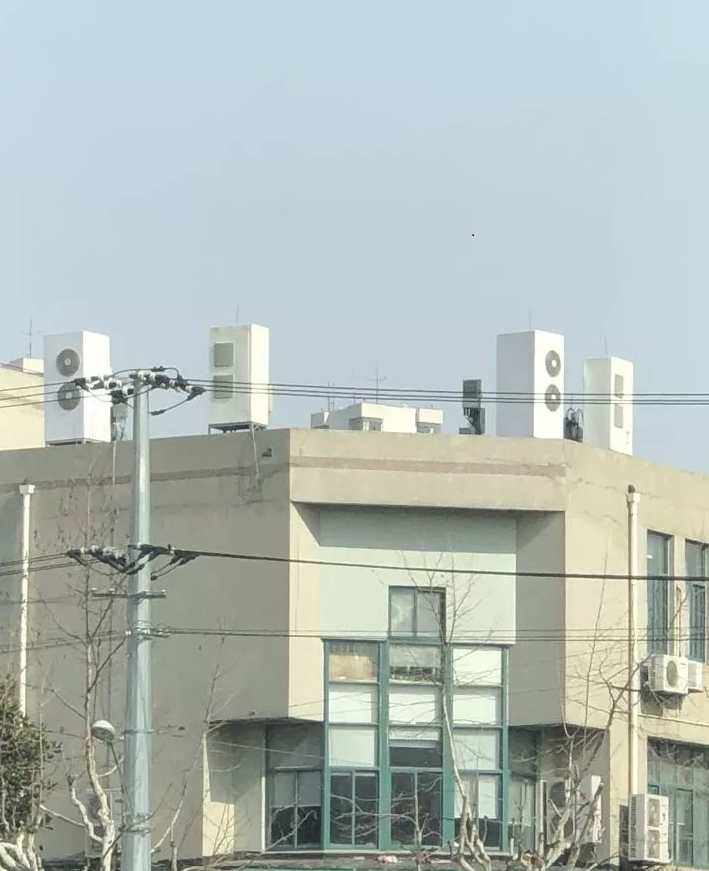
Figure7: Base station in the shape of an air conditioner
This is called a landscaping tree, which is generally used in scenes such as parks and woods.
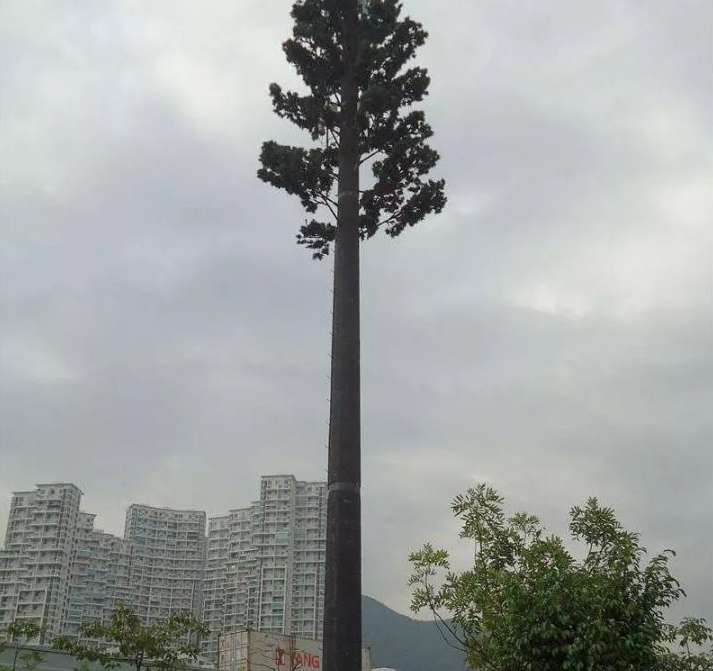
Figure8: Tree base station
Base stations in rural areas, highways, high-speed rail, and scenic spots are basically iron towers, which is a type well known to the public. Towers are generally built higher in order to cover farther places.
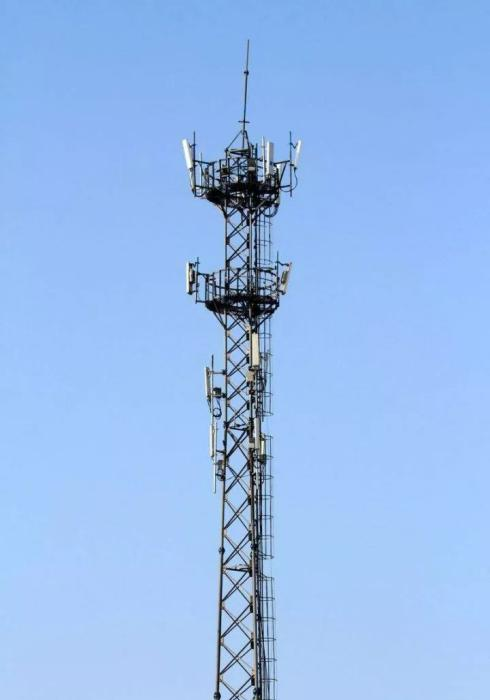
Figure9: Tower base station
Beautification covers are the most used in the city, which look like an air conditioner on the roof.
Spotlight antenna is the most widely used in residential quarters, which are mainly installed on the roof of residential buildings. It looks like a lampshade, but it is actually an antenna, which mainly serves the residents of the community.
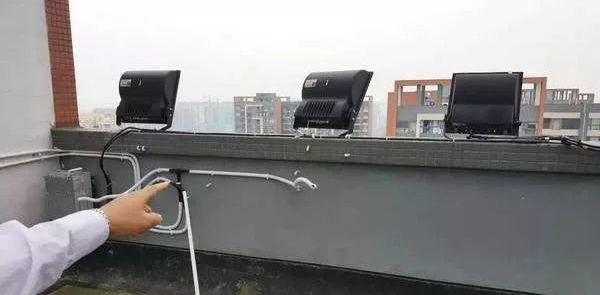
Figure10: Antenna in the shape of a lampshade
In addition to antenna towers, base stations can also be well lids.
Why use landscaping trees, landscaping covers, spotlights and other antennas? One is for the beauty of the city, it looks more coordinated with the surrounding buildings. The second is to reduce complaints and disputes. Where there is signal, there is radiation, and where there is radiation, there is dispute.
Radio frequency unit: the “source of all evil” of radiation
If we go straight down along the feeder line connected to the antenna, we will soon see the silver box hidden behind the antenna, which is the radio frequency (RF) unit.
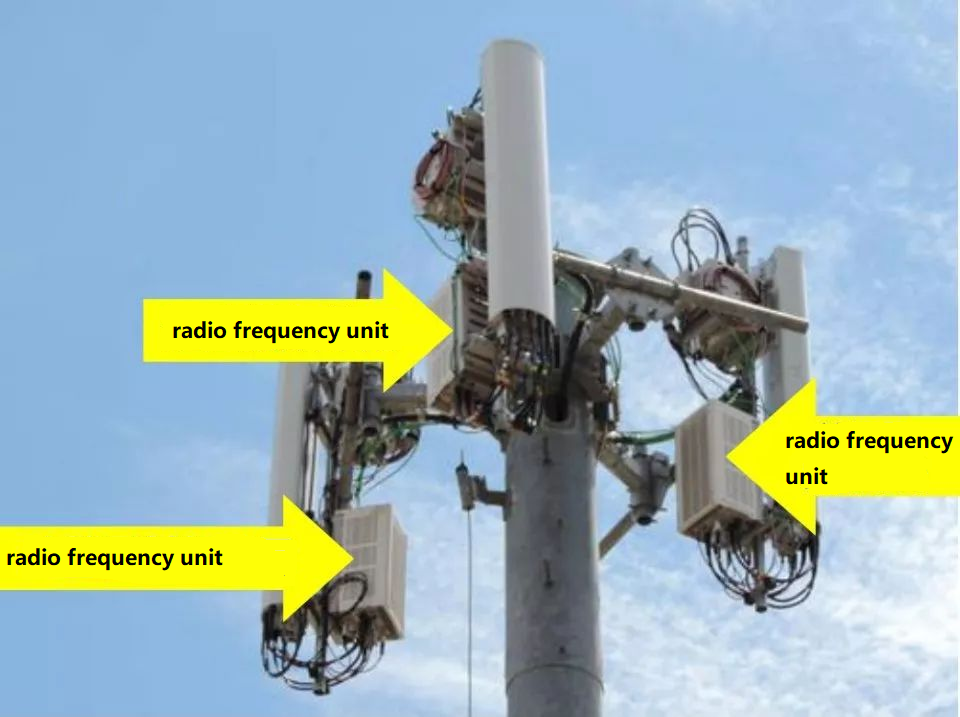
Figure11: RF unit
RRU (Remote Radio Unit) means “remote radio frequency unit”. Many people in China like to call it RRU, but there are also many companies like to call it RRH, RFU. In fact, they all mean the same or similar things.
Why use the word “remote”? Because the radio frequency unit and the baseband unit (to be mentioned later) work together, and the baseband unit is in the machine room under the tower, while the radio frequency unit is hung high on the tower, and the two are far away.
The radio frequency unit (RRU) is mainly responsible for the generation and extraction of wireless signals.
The generation of the signal is to convert the information to be sent into electromagnetic waves, and then pass it to the antenna through the feeder, and then it can be launched into the air.
Signal extraction is to combine several weak mobile phone signals received by the antenna, remove the influence of interference through various methods, extract useful information from it, and then send it to a baseband unit for processing.
The RRU can be divided into many modules, which are responsible for the transmission of 2G, 3G, 4G and even 5G signals. Many people think that if so many signals are sent from such a tall and large iron tower, the power should be very high, right? In fact, the maximum transmit power of an RRU is 160 watts. Note that this is the peak value, which is not the value under normal circumstances, and the signal strength transmitted during idle time is even smaller. Does it sound less scary? After all, the microwave oven at home can easily reach the power of 1000 watts.
Some people resist base stations because of the so-called radiation. Well, let’s talk about the radiation problem today. From 2G to 5G, our technology is getting more and more advanced, and the frequencies that can be used are getting higher and higher, but the radiation of base stations is constantly declining. Why, because the base station has become smaller.
In the 2G era, our base stations are huge, and they look like this.
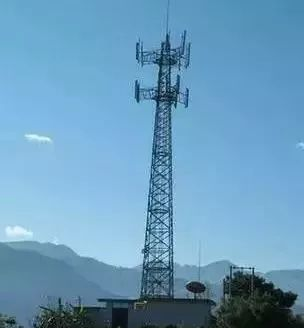
Figure12: Base stations in the 2G Era
Why is it so big? Because this base station needs to cover all signals within 10 kilometers, and the power of the signal transmitter must be very large.
But it’s not the case in the 5G era. The range controlled by a base station is only 100-300m, with too high frequency, too short wavelength, and insufficient diffraction capability, so it is useless to build a larger base station. No matter the power is high or low, the coverage area won’t be affected, so each base station is built in a very small size.
Ren Zhengfei said in an interview with the media:
“The 5G base station weighs only 20 kilograms, which is as big as a suitcase for documents. We don’t need a tower-shape station. It can be installed on a pole or hung on the wall at will. We have corrosion-resistant materials, which will not be corroded for decades, so we could put 5G down the drain.”
A 5G base station is only about this size, which looks very much like a router.
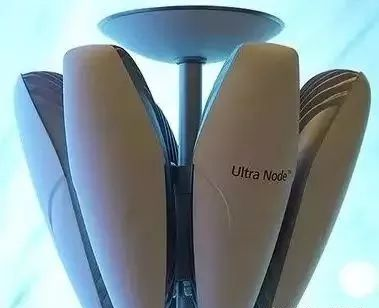
Figure13: 5G base station
The power of this 5G base station is very small, only 10 watts, which is not as powerful as a light bulb, let alone those household appliances.
Without power, there is virtually no radiation. China sets very strict standards for the power of communication base stations, far higher than the US and EU standards, only 40 microwatts per square centimeter, while the US standard is 600 microwatts, which is 15 times higher.
The radiation of the hair dryer we usually use is about 100 microwatts/square centimeter. When the wireless router at home is about one meter away from you, the radiation is about 60 microwatts per square centimeter.
The induction cooker is more scary. When you are about 0.5m away from the induction cooker, the amount of radiation produced is an astonishing 580 microwatts per square centimeter. Why Americans set the radiation standard at 600 microwatts may be because Americans especially like to cook with induction cookers.
In fact, when the distance between you and the electrical appliance increases, the amount of radiation decreases rapidly, and the radiation decreases by a hundred times when you distance it by 30 centimeters.
Therefore, the amount of radiation to you from the mobile phone close to your forehead will be far greater than that of the base station. The power of the mobile phone is indeed very low, but it’s not the case when it’s too close to you.
By the way, when the base station signal is weak, the mobile phone will automatically increase the antenna transmission power to capture the signal, and the radiation to you may reach 50 microwatts per square centimeter. This data slightly exceeds the national standard but is far lower than the European and American standards, so you don’t have to worry that your mobile phone will harm you.
It’s unwise for people to reduce radiation by destroying base stations. Because the weaker the base station, the stronger the signal radiation you receive, unless you don’t use the phone.
By the way, in the 5G era, if two mobile phones under the same base station communicate with each other, the base station will no longer transmit data between them, but only send a matching control signal, so that the two phones can transmit signals to each other by themselves. Do you know why? Because the power of the mobile phone is higher than that of a 5G base station, with stronger and more stable signal transmission, which is more cost-effective by saving the resources of the base station.
Machine rooms: providing meticulous care
We left the RF unit and followed the power cord all the way down to the most critical part—the machine room.
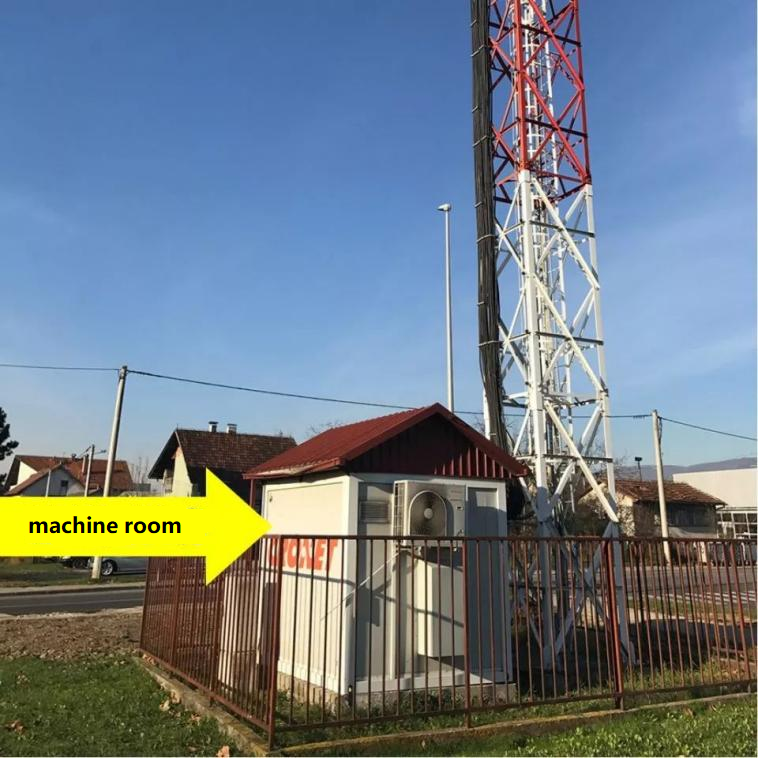
Figure14: Machine room
The function of the machine room is to shelter the core equipment inside, that is, the baseband unit, to provide power supply. It works just as the human head protects the delicate but vital brain by a hard skull. Therefore, the machine room cannot be entered casually. Not only is it protected by fences outside, but also has strict management and access control systems. I am also afraid that my “brain” will be stolen.
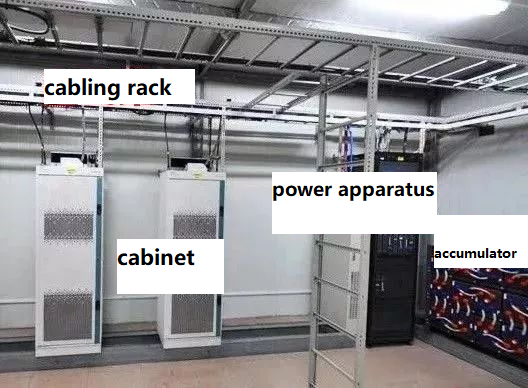
Figure15: Equipment inside the machine room
Base stations usually have a machine room, some in an inconspicuous corner of the building, and some in the field.
You may see such a small house under the iron tower:
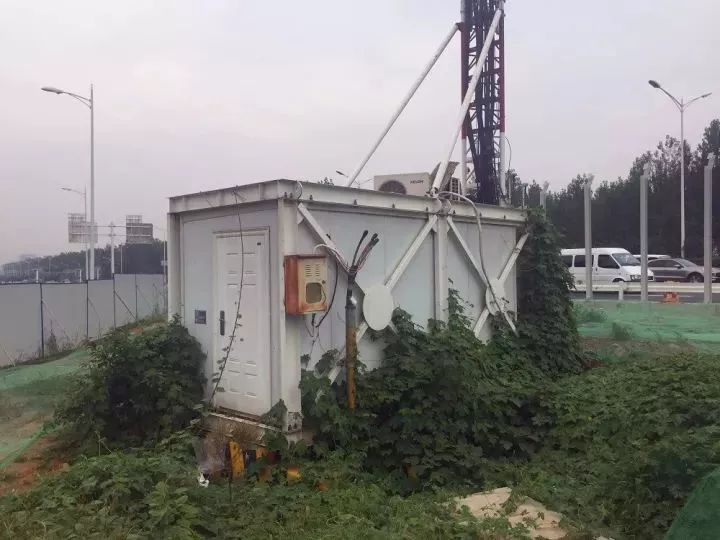
Figure16: Machine room of field base station
In the past, base stations were built brick by brick by operators, so it was a lot of trouble. . . Therefore, it is now changed to an integrated station:
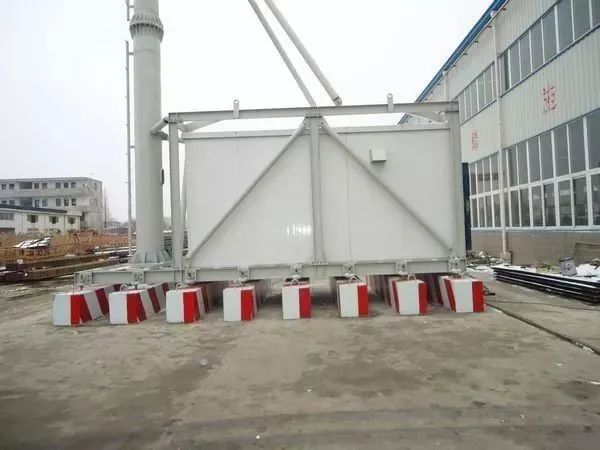
Figure17: Integrated machine room
They come with a base, so all they need is that the crane finds a place to put it, and it’s over (some even come with wheels, which can be pulled away)
The normal operation of the machine room requires the support of many resources, just like people need air, water, and food. First of all, if there is no electricity, everything has to go on strike, so the power system is a must. It is necessary to introduce municipal AC power first to supply power, and then convert it into DC power through the power source. An abnormal situation should also be taken into account: what if there is a power outage? Therefore, it must also be equipped with a battery on standby at all times.
In addition, since many base stations are to be connected to other “brother” (base stations) to form a large network, transmission equipment to connect each other is also essential.
The space in the machine room is small and airtight, with poor ventilation. The BBU, power supply, and transmission equipment all emit heat continuously when they work. When the heat accumulates and causes the temperature to rise, just like a person with a fever, my brain— —the BBU will malfunction. Therefore, air conditioning is also a must.
Baseband unit: my Brain
In a random cabinet inside the machine room, you may see a box about ten centimeters high and less than half a meter wide, which is filled with cables, with some green LED lights on the panel flashing rapidly, and accompanied by the hissing sound of the fan turning.
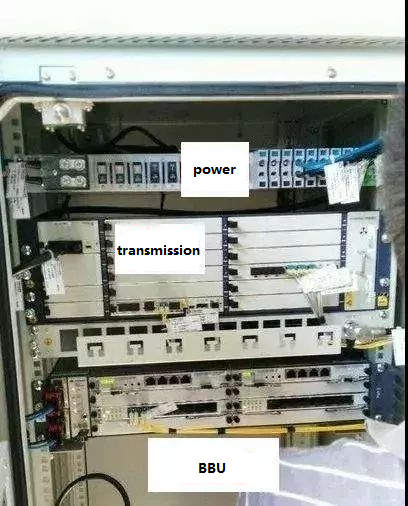
Figure18: Schematic diagram of BBU
This is my brain – the legendary baseband unit BBU. The function of the BBU is to complete the processing of original information, which then can be sent to the RRU to generate a radio signal, and then sent to the mobile phone through the antenna. Conversely, the signal sent by the mobile phone is also received through the antenna, and after preliminary processing by the RRU, it finally reaches the BBU to extract information.

Figure19: Front view of BBU
The BBU cannot be exposed to rain, so it is usually placed indoors (that is, in the cabinet of the machine room).
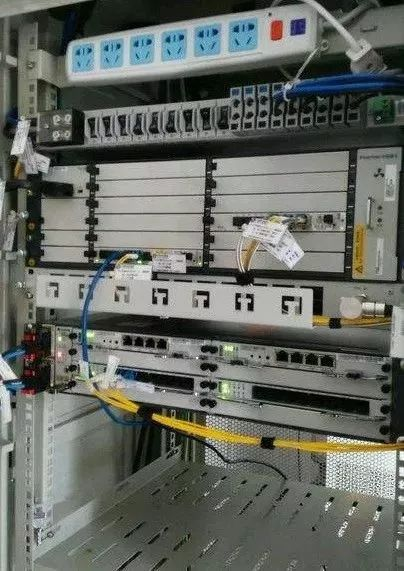
Figure20: Schematic diagram inside the cabinet
There may also be cabinet power supply equipment and transmission equipment in the cabinet, which are easy to identify:
Power equipment generally has a lot of red, black and blue lines (power lines), with a lot of switch toggles. The transmission device generally has many optical fiber ports and network ports, and is inserted with many yellow optical fiber cables.
BBU, RRU, and antenna are the core “organs” in my body. They work together to help my body function normally and complete communication functions such as making calls, sending text messages, and surfing the Internet. I never fight alone, and I am better at working together with many “brothers”, because the power of an individual is too small. If a base station is a lamp, how many lamps are needed to illuminate a city, and how many lamps are needed to illuminate a country?
In fact, as early as 2018, there were already 6.48 million base stations across the country. My brothers and I, like cells, are closely connected to each other to form a network, providing communication services with seamless coverage for everyone. This is my mission, no matter how hard I am, no matter how much I am misunderstood, I will have no regrets.
Repeaters
The following is a repeater, which looks more like a RRU.
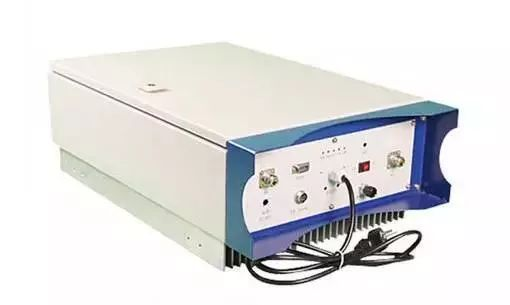
Figure21: Repeater
The repeater is actually a signal repeater, which amplifies the uplink and downlink radio frequency signals, and is used to solve the coverage problem of blind and weak signal areas. The repeater is cheap, with a much lower cost than that of a base station. Now, repeaters are not very common.
Indoor distribution system
Indoor signal coverage has always been a big problem. Base stations are generally built on high places such as the roof of buildings. Once people enter the building, mobile phones tend to lose signal, especially in basements, parking lots, and elevators.
Therefore, for the indoor environment, an indoor distribution system will be specially arranged, which is often referred to as “indoor distribution” in the industry. “Indoor distribution” is actually the secondary relay and enhanced coverage of the signal. The feeder is connected from the source (such as a microcell base station or a repeater), and then sent to each room or channel, and then the antenna is used to send out the signal.
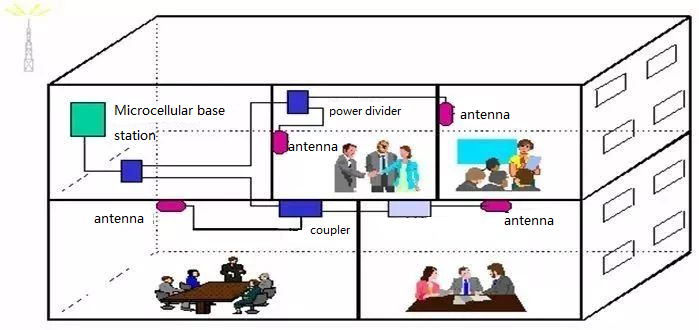
Figure22: Indoor distribution system
The pacifier-like thing that we often see on the top of the office is the omnidirectional ceiling antenna of “Indoor distribution”.
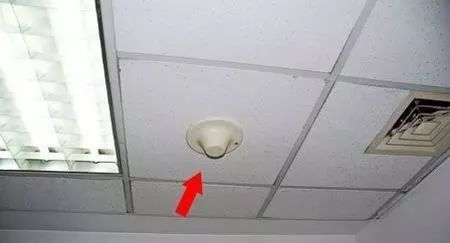
Figure23: Omnidirectional ceiling antenna
Miniaturized base stations
Nowadays, base stations are developing towards miniaturization. On the one hand, it does not take up much space (saving rent = saving money), on the other hand, it is energy-saving and environmentally friendly (saving electricity = saving money), and finally the deployment is more convenient and faster (saving labor = saving money). If the base station is miniaturized, it is a combination of BBU and RRU, or the combination of the RRU and the antenna, or the integration of the BBU, RRU, and antenna.
Is this similar to the WiFi router at home? It’s called Femto, which means “quadrillionth”, and it’s a low-power, small-range coverage home base station.
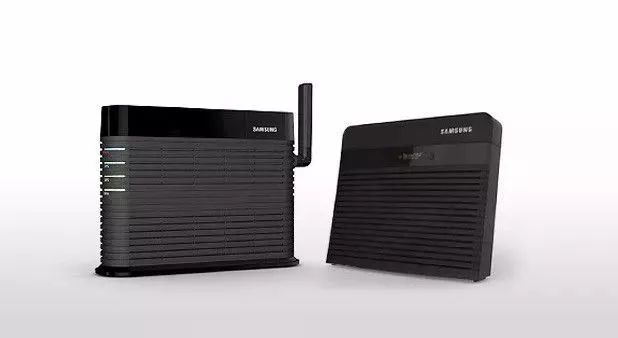
Figure24: Femtocell
Conclusion:
The base station is the most misunderstood device that everyone cannot live without. It’s not mysterious at all, and it’s not scary. There are many people in the communications industry quite dedicated to it.
Related Products:
-
 SFP28-25G32-BX10I 25G BX BIDI SFP28 TX1330nm/RX1270nm 10km LC SMF DDM Industrial Transceiver Module
$50.00
SFP28-25G32-BX10I 25G BX BIDI SFP28 TX1330nm/RX1270nm 10km LC SMF DDM Industrial Transceiver Module
$50.00
-
 SFP28-25G32-BX40 25GBASE SFP28 BIDI ER TX1310nm/RX1270nm 40km LC SMF DDM Optical Transceiver Module
$180.00
SFP28-25G32-BX40 25GBASE SFP28 BIDI ER TX1310nm/RX1270nm 40km LC SMF DDM Optical Transceiver Module
$180.00
-
 SFP28-25G32-BX40I 25GBASE SFP28 BIDI ER TX1310nm/RX1270nm 40km LC SMF DDM Industral Optical Transceiver Module
$200.00
SFP28-25G32-BX40I 25GBASE SFP28 BIDI ER TX1310nm/RX1270nm 40km LC SMF DDM Industral Optical Transceiver Module
$200.00
-
 SFP28-25G-SR 25G SFP28 SR 850nm 100m LC MMF DDM Transceiver Module
$25.00
SFP28-25G-SR 25G SFP28 SR 850nm 100m LC MMF DDM Transceiver Module
$25.00
-
 SFP28-25G-ESR 25G SFP28 ESR 850nm OM3 200m/OM4 300m LC MMF DDM Transceiver Module
$35.00
SFP28-25G-ESR 25G SFP28 ESR 850nm OM3 200m/OM4 300m LC MMF DDM Transceiver Module
$35.00
-
 SFP28-25G-LR 25G SFP28 LR 1310nm 10km LC SMF DDM Transceiver Module
$45.00
SFP28-25G-LR 25G SFP28 LR 1310nm 10km LC SMF DDM Transceiver Module
$45.00
-
 SFP28-25G-ER30 25G SFP28 ER Lite 1310nm 30km LC SMF DDM Transceiver Module
$165.00
SFP28-25G-ER30 25G SFP28 ER Lite 1310nm 30km LC SMF DDM Transceiver Module
$165.00
-
 SFP28-25G-ER 25G SFP28 ER 1310nm 40km LC SMF DDM Transceiver Module
$125.00
SFP28-25G-ER 25G SFP28 ER 1310nm 40km LC SMF DDM Transceiver Module
$125.00
-
 SFP56-50G-LRI 50G SFP56 LR 1311nm PAM4 Duplex LC SMF 10km DDM Optical Transceiver Module
$330.00
SFP56-50G-LRI 50G SFP56 LR 1311nm PAM4 Duplex LC SMF 10km DDM Optical Transceiver Module
$330.00
-
 SFP56-50G-LRC 50G SFP56 LR 1311nm PAM4 Duplex LC SMF 10km DDM Optical Transceiver Module
$295.00
SFP56-50G-LRC 50G SFP56 LR 1311nm PAM4 Duplex LC SMF 10km DDM Optical Transceiver Module
$295.00
-
 SFP56-50G-FRI 50G SFP56 FR 1311nm PAM4 Duplex LC SMF 2km DDM IND Optical Transceiver Module
$330.00
SFP56-50G-FRI 50G SFP56 FR 1311nm PAM4 Duplex LC SMF 2km DDM IND Optical Transceiver Module
$330.00
-
 SFP56-50G-FRC 50G SFP56 FR 1311nm PAM4 Duplex LC SMF 2km DDM Optical Transceiver Module
$260.00
SFP56-50G-FRC 50G SFP56 FR 1311nm PAM4 Duplex LC SMF 2km DDM Optical Transceiver Module
$260.00
-
 SFP56-50G-SR 50G SFP56 SR 850nm PAM4 Duplex LC MMF 100m Dual CDR DDM Optical Transceiver Module
$215.00
SFP56-50G-SR 50G SFP56 SR 850nm PAM4 Duplex LC MMF 100m Dual CDR DDM Optical Transceiver Module
$215.00
-
 QSFP28-50G-ER 50G QSFP28 LR 1310nm 10km PAM4 LC SMF DDM Transceiver Module
$285.00
QSFP28-50G-ER 50G QSFP28 LR 1310nm 10km PAM4 LC SMF DDM Transceiver Module
$285.00
-
 50G QSFP28 BIDI TX1309nm/RX1295nm PAM4 LC SMF 40km DDM Optical Transceiver Module
$450.00
50G QSFP28 BIDI TX1309nm/RX1295nm PAM4 LC SMF 40km DDM Optical Transceiver Module
$450.00
-
 50G QSFP28 BIDI TX1295nm/RX1309nm PAM4 LC SMF 40km DDM Optical Transceiver Module
$450.00
50G QSFP28 BIDI TX1295nm/RX1309nm PAM4 LC SMF 40km DDM Optical Transceiver Module
$450.00
-
 50G QSFP28 BIDI TX1331nm/RX1271nm PAM4 LC SMF 10km DDM Optical Transceiver Module
$230.00
50G QSFP28 BIDI TX1331nm/RX1271nm PAM4 LC SMF 10km DDM Optical Transceiver Module
$230.00
-
 50G QSFP28 BIDI TX1271nm/RX1331nm PAM4 LC SMF 10km DDM Optical Transceiver Module
$230.00
50G QSFP28 BIDI TX1271nm/RX1331nm PAM4 LC SMF 10km DDM Optical Transceiver Module
$230.00
-
 QSFP28-50G-ZR2 50G QSFP28 ZR2 1310nm (LAN WDM) 80km LC SMF DDM Transceiver Module
$2000.00
QSFP28-50G-ZR2 50G QSFP28 ZR2 1310nm (LAN WDM) 80km LC SMF DDM Transceiver Module
$2000.00
-
 QSFP28-50G-LR 50G QSFP28 LR 1310nm 10km PAM4 LC SMF DDM Transceiver Module
$215.00
QSFP28-50G-LR 50G QSFP28 LR 1310nm 10km PAM4 LC SMF DDM Transceiver Module
$215.00


